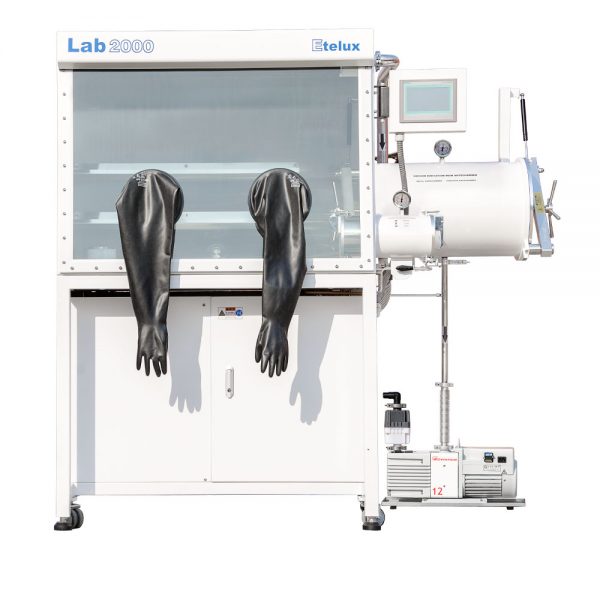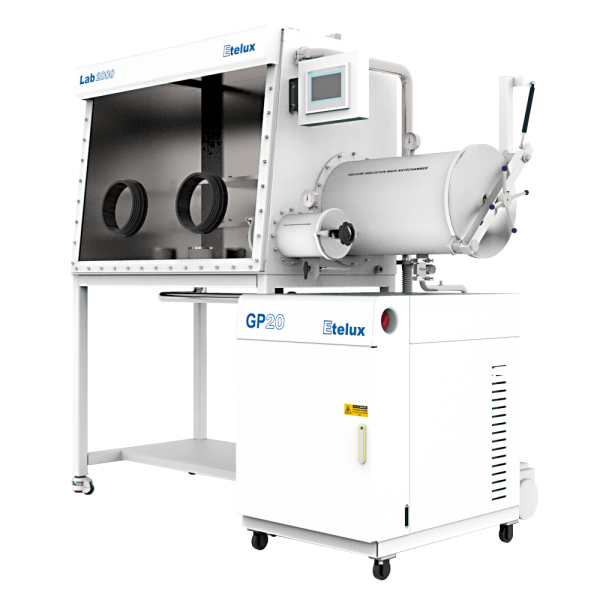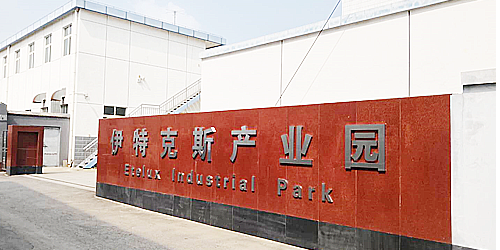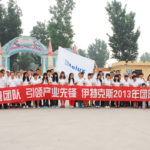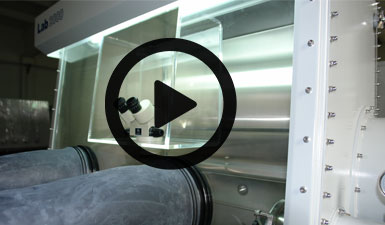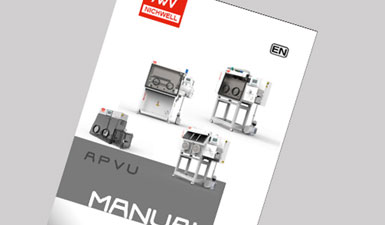On August 22, a research team on the magneto-electric functional properties of amorphous alloys at the Ningbo Institute of Materials Technology and Engineering of the Chinese Academy of Sciences (NIMTEC), in conjunction with a research team from the Institute of Physics of the Chinese Academy of Sciences (IPS), the Qian Xuesen Laboratory of the Fifth Academy of Astronautics (FAA), the Songshan Lake Materials Laboratory (SLML), and Nanjing University (NU) published a research paper titled Producing substantial amount of water through reaction of lunar ilmenite and endogenous hydrogen (The Innovation) ( Producing substantial amount of water through reaction of lunar ilmenite and endogenous hydrogen”. The study proposes a new method of water production based on high-temperature redox reactions by exploring the hydrogen content of different minerals in the Chang’e 5 lunar soil.
Water is a key resource for building lunar research stations and for future glove box interplanetary travel to the Moon. Studying the distribution and evolution of water on the Moon can help humans explore the evolution of the lunar magma ocean, the volatile fraction content of the mantle, the history of lunar bombardment, and the interaction between the solar wind and the lunar surface. Therefore, exploring water resources is one of the top priorities for lunar exploration. Previously, scientists have focused on the distribution of water resources in the natural state on the Moon, and the results of Apollo, Luna, and Chang’e 5 pre-mission studies suggest that ice may exist in the natural state at the Moon’s south and north poles, as well as in perennially shadowed regions. Studies of the Chang’e 5 lunar soil have shown that lunar soil minerals such as glass, plagioclase, olivine and pyroxene contain small amounts of water. The water content in these minerals is only between 0.0001 per cent and 0.02 per cent, i.e., the content is scarce, making it difficult to extract and utilize them in situ on the Moon. Therefore, research on detecting new lunar water resources and their extraction strategies is a priority for future lunar exploration projects.
In 2021, the collaborative team undertook the first research tasks on Chang’e 5 lunar soil. After three years of in-depth research and repeated verification, the team discovered a brand-new method for preparing water on the Moon. The study showed that the moon soil minerals have stored a large amount of hydrogen due to billions of years of irradiation by the solar wind. When heated to high temperatures, hydrogen will undergo a redox reaction with iron oxides in the minerals, generating singlet iron and a large amount of water. When the temperature rises above 1,000°C, the lunar soil will melt and the water produced by the reaction will be released as water vapor.
Through the analysis of experimental techniques such as high-resolution electron microscopy, electron energy loss spectroscopy, thermogravimetric, magnetic, elemental valence, and elemental composition detection, the team confirmed that about 51 mg to 76 mg of water, or 5.1% to 7.6%, can be produced from 1 gram of lunar soil. Based on this calculation, 1 ton of lunar soil will be able to produce about 51 kg to 76 kg of water, which is equivalent to more than 100 bottles of 500 ml bottled water, and can basically satisfy the drinking water consumption of 50 people in a day.
Further, the team studied the difference in hydrogen content in different lunar minerals. Among the five major lunar soil minerals, namely ilmenite, plagioclase, olivine, pyroxene, and lunar soil glass, ilmenite (FeTiO3) has the highest hydrogen content, followed by plagioclase and lunar soil glass, with ilmenite’s hydrogen content being about 3.5 times higher than that of plagioclase and 10 times higher than that of lunar soil glass. In situ heating experiments under the electron microscope demonstrated that moon soil ilmenite would synchronously generate a large amount of singlet iron and water vapor bubbles when heated, while other iron-containing moon soil minerals generated a small amount of singlet iron and bubbles when heated, and the same minerals on Earth did not generate singlet iron and bubbles when heated. This is further evidence that solidly dissolved hydrogen in moon soil minerals is the key to water production.
To elucidate how lunar soil ilmenite is able to store such large amounts of hydrogen, the researchers studied the atomic structure of lunar soil ilmenite and found that the spacing between the atoms of lunar soil ilmenite is significantly larger due to the presence of hydrogen compared to ilmenite on Earth. Computational simulations show that there are tiny nanopore channels in moon soil ilmenite. Such nanopore channels can adsorb and store large amounts of hydrogen atoms from the solar wind. Each ilmenite molecule (FeTiO3) can adsorb four hydrogen atoms, making it a “reservoir” for the moon.
Experiments have found that electron irradiation can lower the reaction temperature between hydrogen and iron oxides, and the temperature of water production can be lowered from 600℃ to 200℃. This can explain the former people found the hydrogen element in the moon distribution with latitude change rule. That is to say, the equatorial position due to the strongest irradiation by the solar wind, and the solar wind contains a large number of electrons, so that the hydrogen in it is more reduced to water vapor and volatilized; high latitude is less affected by the solar wind electron irradiation, and can retain more hydrogen.
Based on the above results, the team proposed a feasible strategy for in situ mining and utilization of lunar water resources, i.e., heating the lunar soil until it melts by focusing sunlight through concave mirrors.

